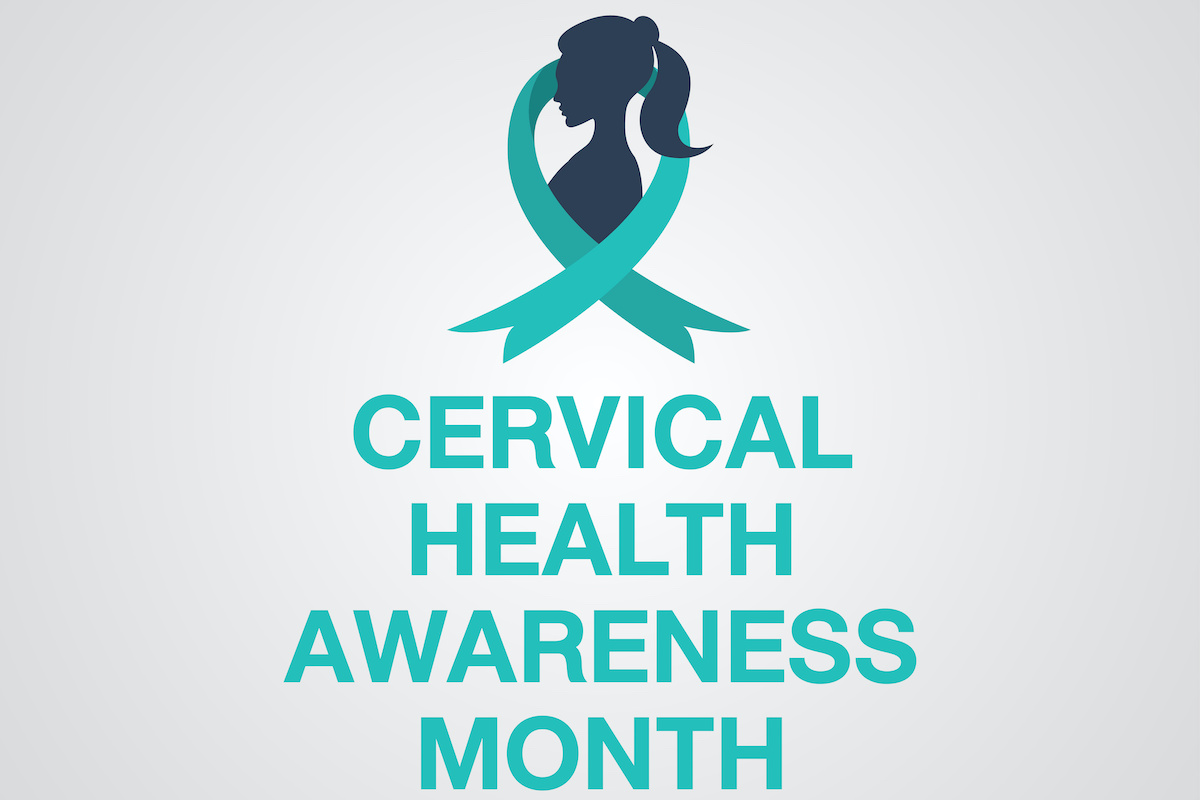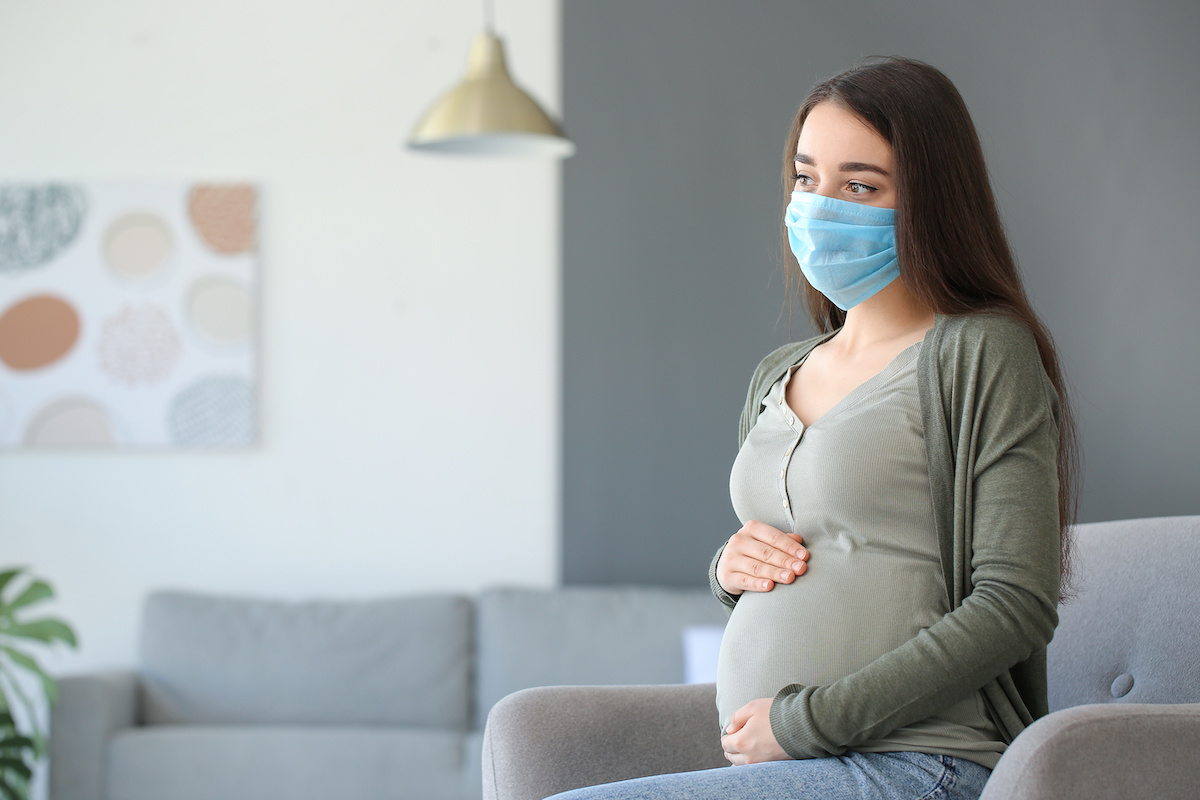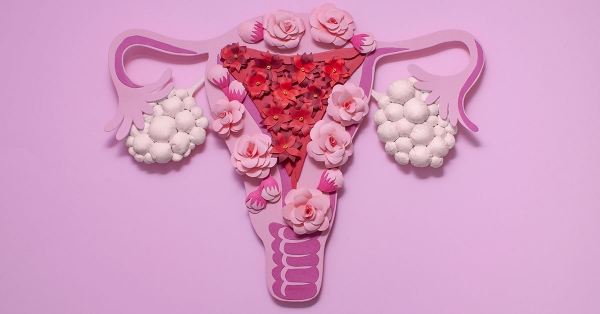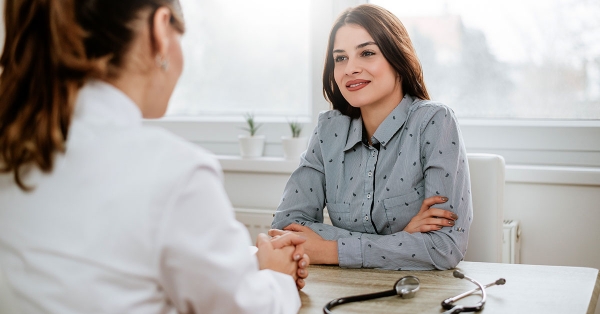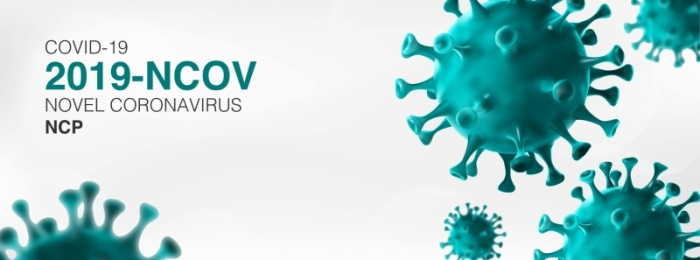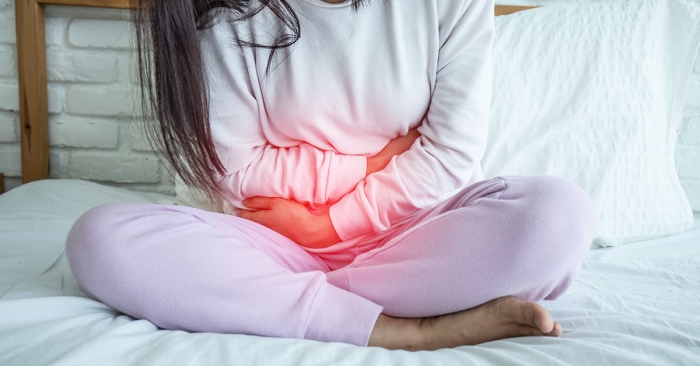International Women’s Day (IWD) is just around the corner on March 8th. International Women’s Day is a day that’s celebrated worldwide to highlight the social, cultural, political, and economic achievements of women. It’s also a time when women come together to advocate for women’s equality and gender parity.
How You Can Celebrate International Women’s Day
We’ve come up with just a handful of ways that you can celebrate IWD this year.
1. Connect With Women In Your Network
Even if you have to do so virtually due to COVID, you can set up a zoom lunch meeting or coffee date to connect with women in your professional or personal network. You just need to take 30 minutes to an hour of time and connect. You can talk about anything that relates to being a woman in today’s world. Leadership, professional obstacles, and opportunities, personal struggles and triumphs, or anything else you want to share with other women.
2. Start a Book Club
Understanding some of the challenges faced by women around the world is an important step in advocating for gender equality. To celebrate International Women’s Day this year, consider starting a book club with your team or folks in your community that focuses on educating on women’s issues, empowerment, and achievements.
3. Screen a Woman-Centered Movie
Representation in film has a huge impact on how audiences learn about gender norms, the issues we focus on, and the way we perceive the world. There are some great movies out there showcasing strong women and the impact they have on the world. Or look for films that are told from a woman’s point of view by finding some that are written, produced, or directed by women.
If you have a daughter, she can get in on the celebration. Try movies like Mulan, Madeline, Alice in Wonderland, and Akeelah and the Bee. Not only are they kid-friendly, but it gives you a great opportunity to talk with your daughter about the importance the female character played in the movie and introduce her to this internationally celebrated day
4. Support Women-Owned Businesses
Supporting businesses that are owned, operated, and controlled by a woman or women helps contribute to equal economic empowerment, representative products and services, and a more prosperous economy overall. Celebrate this International Women’s Day by deliberately seeking out and supporting local businesses that are women-owned. Share your challenge with your friends and encourage them to do the same!
5. Be Inclusive
International Women’s Day is obviously a time to celebrate women. But that doesn’t mean that men and people who are outside of the gender binary shouldn’t be involved in the conversations. It’s essential that people of all gender identities are involved in the conversations and become equal advocates for gender parity.
When you’re planning your International Women’s Day activities, ensure you invite and encourage your male friends or teammates to participate and champion gender equality together. And make sure your gender-diverse and non-binary friends and teammates are included and welcomed into the conversation about how we can promote equality for people of all gender identities.
6. Celebrate the Amazing Women You Know
Sometimes, simple words of encouragement and love can go a long way in lifting someone up and inspiring them to keep going. Whether it’s your mother, grandmother, sister, daughter, girlfriend, or friend – send a text, call, or Facetime an important woman in your life to let them know how awesome they are.
Make an Appointment at Raleigh OB/GYN
Another great way to celebrate International Women’s Day this year is to prioritize women’s health by taking care of yourself. The physicians, nurses, and medical staff at Raleigh OB/GYN offer a comprehensive list of gynecological and obstetric services to the women of the Raleigh, NC area. If you have questions or concerns about your health, call our office at (919) 876-8225 to make an appointment.


